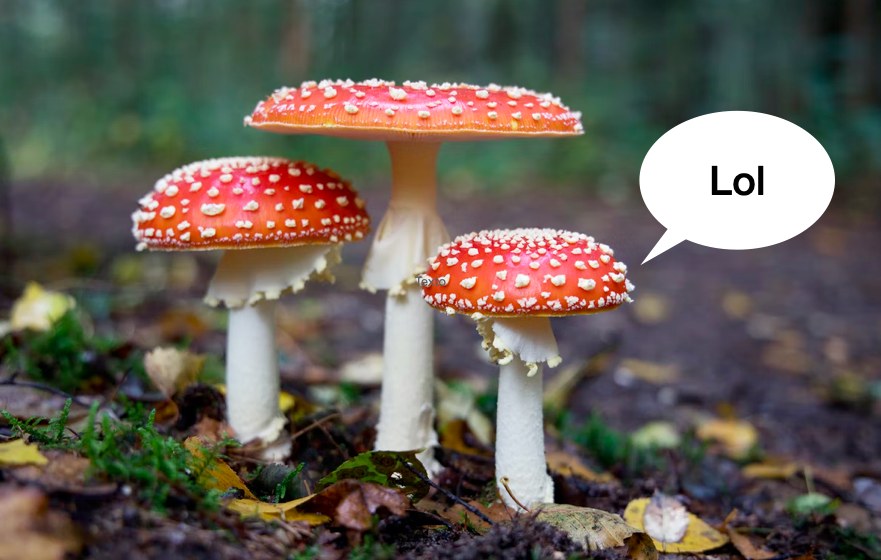
I am not a very given person to take sides. But if one day, while walking down the street, a cloth bag was put over my head, they put me in a van and took me to an old abandoned industrial warehouse to (pointing a gun at me) ask me about the most underrated thing in the Universe: my answer could only be one, mushrooms.
A box of mycological surprises. And not just because those boring and seemingly lonely things have already saved the world on at least one occasion; but because, in the specialized media, we spend hours talking about zoology, botany, and microbiology; but the fungal world almost always remains in the background. And the truth is that it has amazing things: now, for example, we have just discovered that they talk to each other in a very similar way to human beings.
Something very similar to human language. At least those are the conclusions of Andrew Adamatzky, a researcher at the Unconventional Computing Laboratory at the University of the West of England, Bristol, after analyzing the patterns of electrical spikes generated by four different species of fungi.
A bit of context. Previous research had already suggested that fungi use hyphae (long filamentous structures underground) to transmit electrical impulses. The initial idea was that they should function similarly to nerve cells transmitting information in animal bodies.
However, some investigations had pointed out that the information went further. It is well known that, for example, the electrical activity of the hyphae of wood-feeding fungi increases when these fungi encounter wood. As if they were warning themselves that they have just stumbled upon a huge pantry full to the brim.
Talking like mushrooms Pulling on this thread, Adamatzky wanted to find out how this electrical activity worked (from an informational point of view). To do this, he inserted microelectrodes into the mycelia (clumps of hyphae) and analyzed what patterns he could find in them.
He found that these electrical spikes were often grouped into specific activity sequences, resembling vocabularies of up to 50 words. He found that the distribution of these “fungal word lengths” closely matched that of human languages. This makes sense: as far as we know, natural languages have very concrete patterns that help us figure out whether or not a language is real. It is logical to find similar patterns in fungi.
In search of a Rosetta stone? And one more reason to suspect that this activity has “linguistic” content. Because, despite being very interesting, Adamatzky himself acknowledges that there is still a lot to work on. It is clear that none of this is random, but it will not be easy to “translate” them and verify that they do indeed mean something (and are not the product of other rhythmic or pulsating phenomena).
What this research does show is that even the most “characteristically” human traits have their echoes and modulations in the animal kingdom. Never had “understanding the language of life” been so literal.

Sharlene Meriel is an avid gamer with a knack for technology. He has been writing about the latest technologies for the past 5 years. His contribution in technology journalism has been noteworthy. He is also a day trader with interest in the Forex market.










